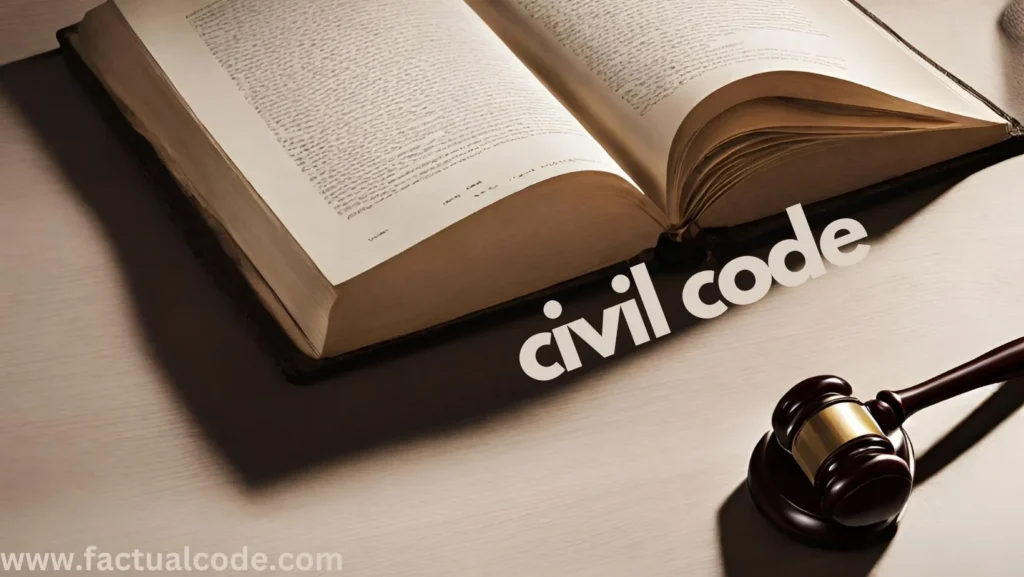Attachment plays a crucial role in civil litigation under the Code of Civil Procedure (CPC), 1908. It can occur before judgment to prevent fraudulent disposal of property and after judgment (execution) to enforce a decree.
Attachment Before Judgment (Order 38, Rules 5-12 CPC)
✔ Purpose: Prevents the defendant from disposing of property before judgment to defeat the plaintiff’s claim.
✔ When Applied? Before the court passes a judgment.
✔ Who Can Apply? The plaintiff, proving that the defendant is likely to remove or transfer assets fraudulently.
✔ Effect: The property is attached but not sold; the attachment is lifted if security is provided or if the defendant wins the case.
✔ Nature: A preventive measure, not an execution tool.
📝 Key Case Law:
🔹 Rajendra Singh v. Ramdhar Singh (1979 SC) –
In this case, the Supreme Court ruled that mere suspicion is insufficient to justify an attachment before judgment. The plaintiff must provide strong evidence showing that the defendant intends to fraudulently dispose of assets to defeat the decree. The court emphasized that attachment before judgment is an extraordinary remedy and should be granted only when there is a clear and imminent risk of asset disposal.
Attachment in Execution of Decree (Order 21, Rules 41-57 CPC)
✔ Purpose: Enforces the decree by attaching the judgment debtor’s property for sale if they fail to pay.
✔ When Applied? After the decree is passed and the debtor does not comply.
✔ Who Can Apply? The decree-holder.
✔ Effect: The attached property may be sold in an auction to satisfy the decree.
✔ Nature: A coercive measure to enforce compliance.
📝 Key Case Law:
🔹 Kanhaiyalal v. Dr. D. R. Banaji (1958 SC) –
This case clarified that attachment in execution is a method to ensure that a decree is satisfied when a judgment debtor fails to pay voluntarily. The court held that the attachment serves as a coercive measure, allowing the decree-holder to recover the awarded amount by selling the attached property. Unlike attachment before judgment, this form of attachment is a regular process of execution and does not require proof of fraudulent intent—only the debtor’s failure to comply with the decree.

Practical Examples
📌 Example 1: Attachment Before Judgment
A supplier sues a businessman for unpaid dues and proves that the businessman is transferring assets abroad to avoid liability. The court orders attachment before judgment to prevent asset disposal.
📌 Example 2: Attachment in Execution
A person wins a decree against a debtor who refuses to pay. The decree-holder requests attachment in execution, and the court orders the debtor’s property to be auctioned to recover the decree amount.
Conclusion
Both types of attachment protect the interests of the decree-holder but serve different purposes.
- Attachment before judgment prevents fraudulent asset transfers.
- Attachment in execution ensures decree enforcement.
Since attachment before judgment restricts a defendant’s property rights, courts scrutinize such requests carefully to prevent misuse.
Recommended Posts
Get a comprehensive overview of attachment procedures within the Code of Civil Procedure (CPC). Understand the key concepts and legal implications.
Discover which properties are legally protected from attachment and sale during the execution of a court decree. Learn about exempt assets and your rights.
Explore the concept of attachment before judgment, its purpose, and the conditions under which a court may order it. Learn how this legal tool can secure a potential decree before a judgment is finalized.
Understand the fundamental differences between legal reference and review processes. Learn about their distinct applications and procedural requirements.

